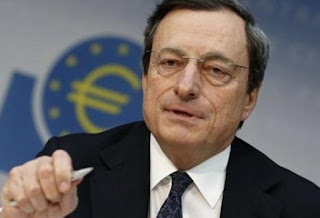It sounds dangerous, as you rather not encouter something or someone who's title is 'serial' ...
However, serial numbers are intersting and worth exploring.
This post will deal with 'easy' serial numbers on Euro banknotes.
They are easy to determinate and they tell you a lot about the origine of the banknote.
Did you know for example that altough European banknotes who have a similar design all over Europe, still can be traced to the country of origine?
Let's have a closer look :
 |
| Z Y X V U T |
 |
| S P N L H F E |
Each of the above banknotes starts with a different letter.
Each of them was issued in another country.
As you can see it starts with a Z :
Z is for Belgium
Y is for Greece
X is for Germany
W is reserved for Denmark (but not using Euro yet)
V is for Spain
U is for France
T is for Ireland
S is for Italy
R is for Luxemburg (Luxemburg is producing its banknotes abroad so far)
Q is not in use
P is for the Netherlands
O is not in use
N is for Austria
M is for Portugal
L is for Finland
K is reserved for Sweden (but not using Euro yet)
J is reserved for UK (but not using Euro yet)
I is not in use
H is for Slovenia
G is for Cyprus
F is for Malta
E is for Slovak Republic
D is for Estonia
First new country will get "C" as first letter.
If you encounter a Euro banknote, starting with an A, B or C... keep it, it's a forgered one
In the picture above, Portugal, Cyprus and Estonia are not represented.
to be continued ...























